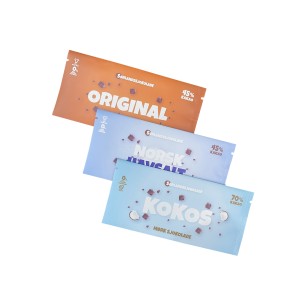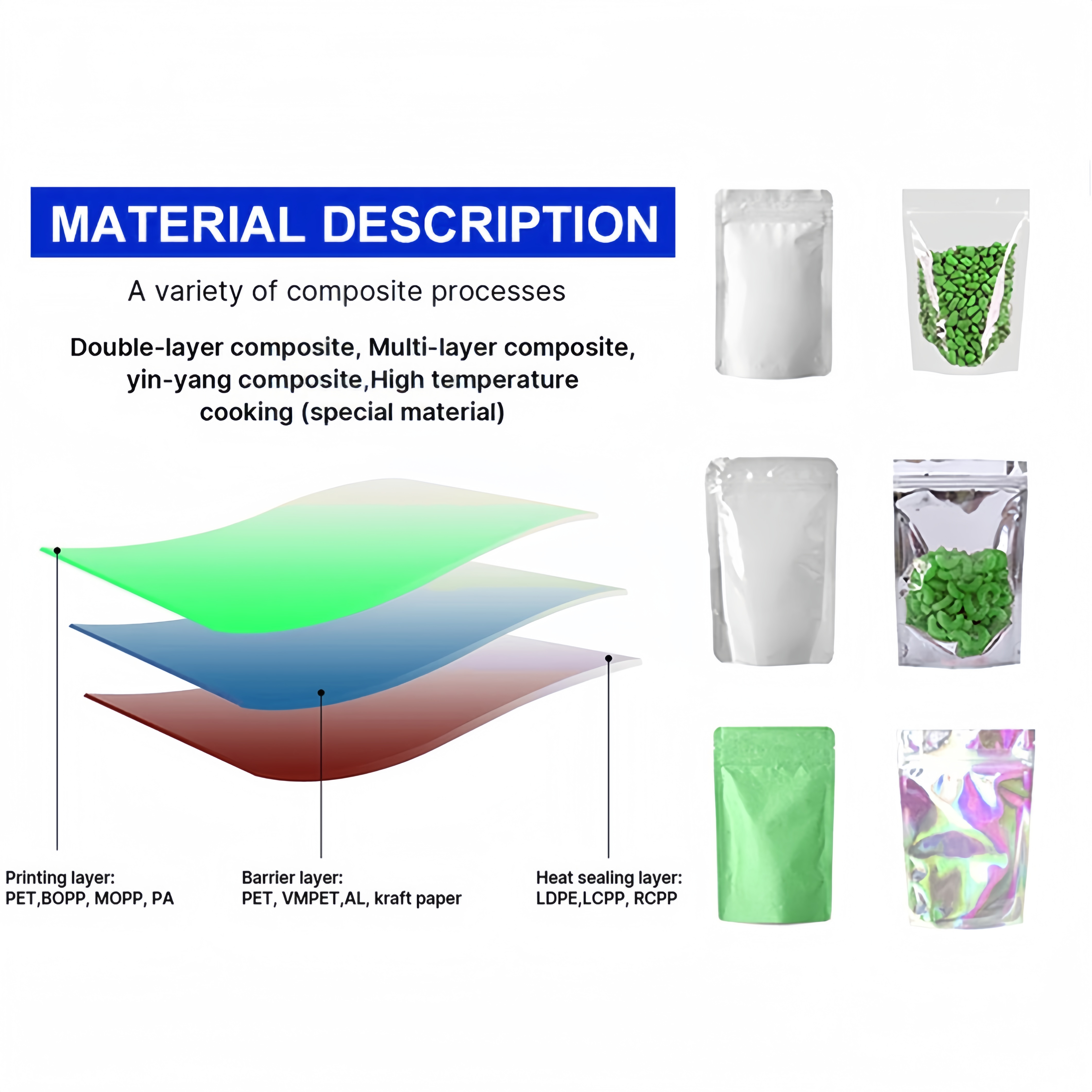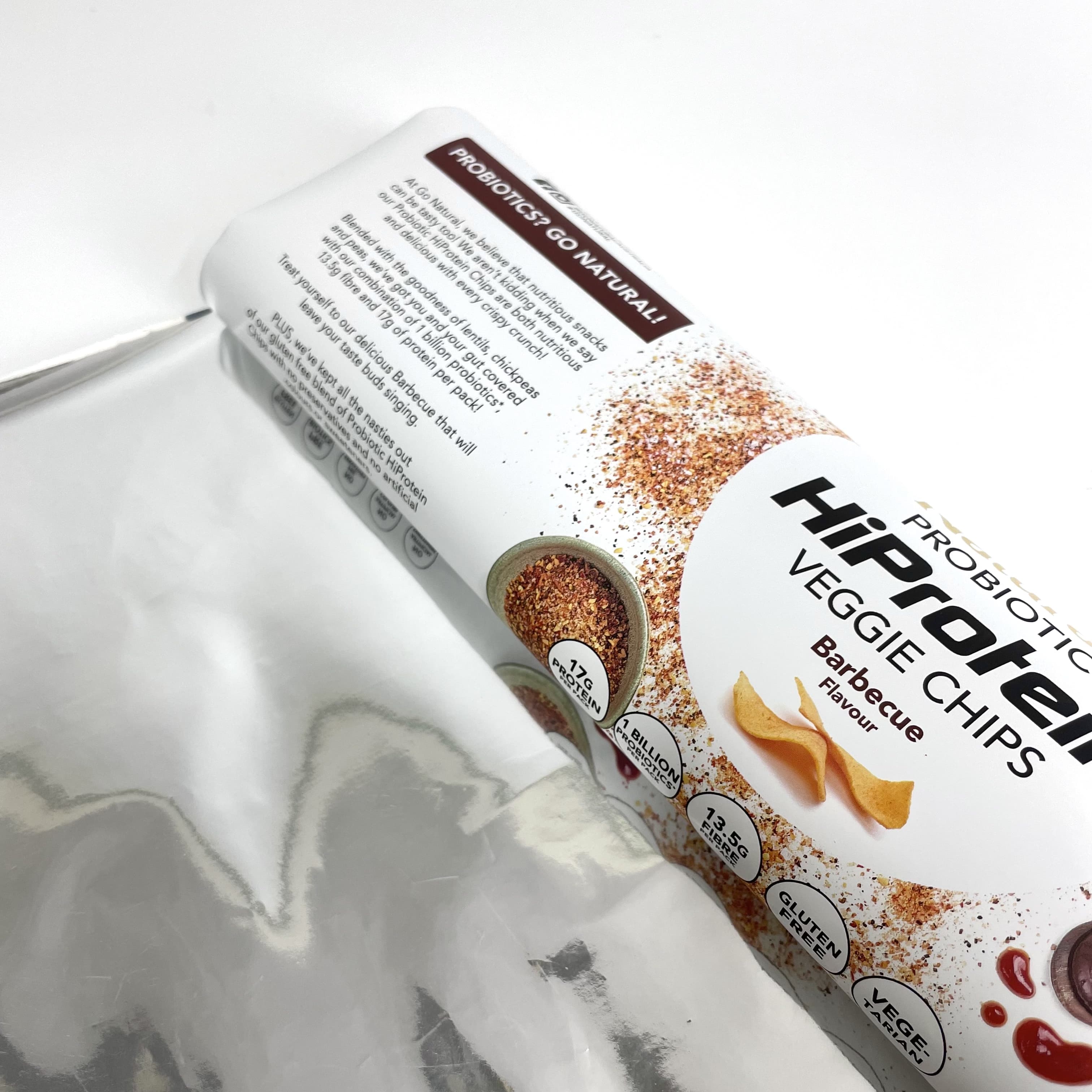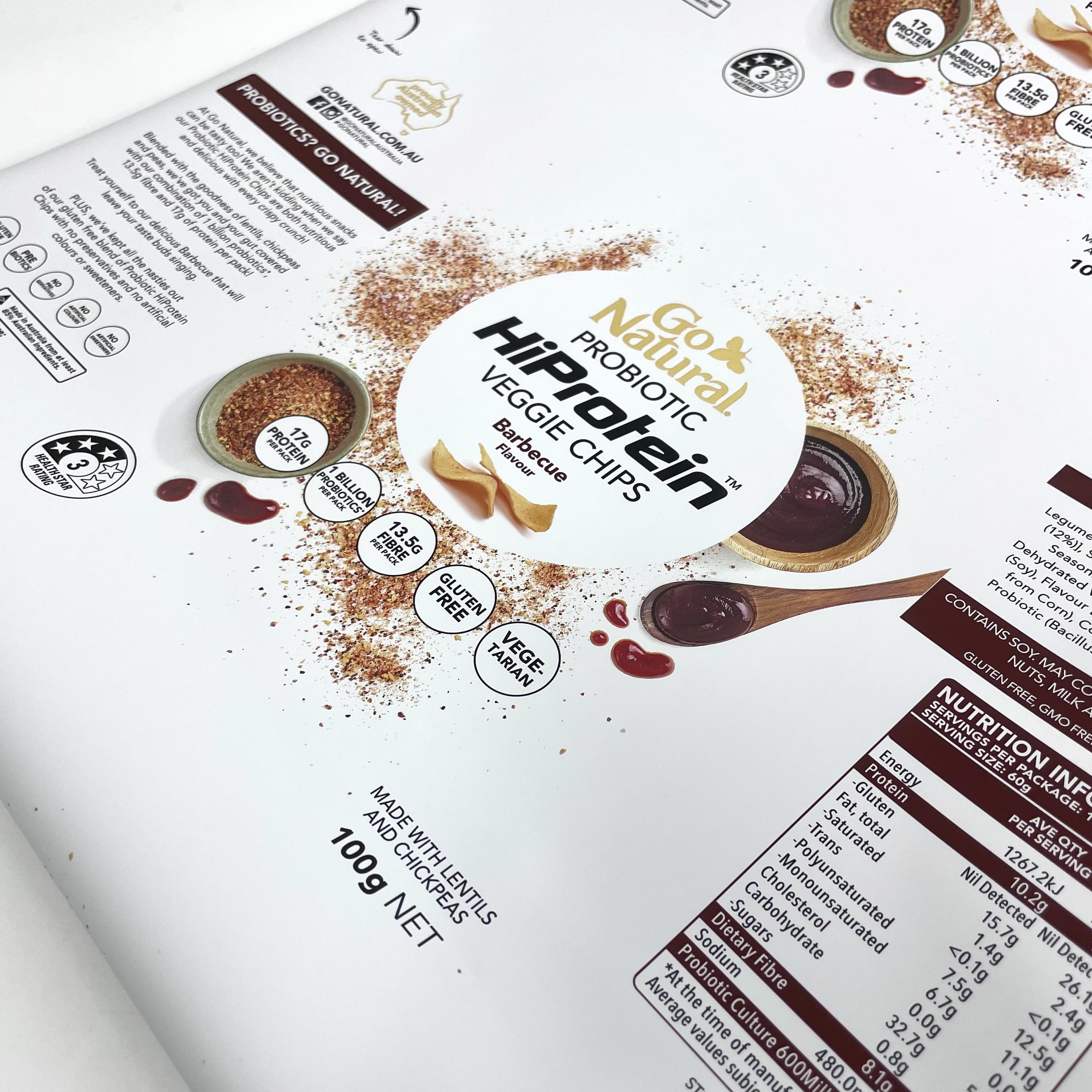When it comes to choosing the right packaging for your food products, the options can feel overwhelming. Whether you're looking for durable, long-lasting protection or an eco-friendly solution for your product, the type of pouch you select plays a crucial role in maintaining freshness, protecting the contents, and boosting your brand's image. With so many factors to consider, how do you know whether laminated pouch or non-laminated food packaging pouches are the right choice for your needs? In this post, we’ll break down the differences between laminated and non-laminated pouches, helping you make the best decision for your food products.
What Are Laminated Food Packaging Pouches?
Definition and Composition of Laminated Pouches
Laminated food packaging pouches are made from multiple layers of materials, typically plastic, foil, or paper. These layers are fused together through a process called lamination, offering an enhanced barrier to external factors such as moisture, oxygen, light, and contaminants. The materials used in laminated pouches vary based on the intended use but commonly include combinations of PET, AL, PE, and PLA, ensuring robust protection for your food items.
Advantages of Laminated Food Packaging Pouches
Laminated pouches are renowned for their ability to maintain the freshness of food items for extended periods. These pouches provide superior barrier properties against moisture, air, and light, preventing oxidation and spoilage. This makes them an ideal choice for premium food products such as snacks, coffee, nuts, pet food, and frozen meals. Not only do laminated pouches extend shelf life, but their high-quality construction also offers an attractive presentation, perfect for brand differentiation.
What Are Non-Laminated Food Packaging Pouches?
Definition and Composition of Non-Laminated Pouches
Non-laminated pouches, in contrast, typically consist of a single layer of plastic or paper, offering less resistance to moisture, oxygen, and light. These pouches are a simpler and more cost-effective option, suitable for products that require short-term storage or do not need to be protected from the external environment for long periods.
Advantages of Non-Laminated Food Packaging Pouches
One of the biggest advantages of non-laminated pouches is their affordability. These pouches are lightweight, simple to produce, and cost-effective—ideal for bulk packaging of dry goods like cereal, grains, and snack foods.
Key Differences Between Laminated and Non-Laminated Pouches
Durability and Strength
Laminated pouches are far more durable than non-laminated pouches. The multiple layers of material provide increased puncture resistance, ensuring that your products stay intact throughout transportation and handling. Non-laminated pouches, though lighter and cheaper, tend to be less resilient and more prone to damage.
Barrier Properties
When it comes to protecting your food from external factors, laminated pouches have the upper hand. Their multi-layer construction offers superior protection against moisture, oxygen, UV light, and contaminants—essential for maintaining freshness. Non-laminated pouches, on the other hand, provide minimal barrier protection, making them less suitable for high-risk, long-term food storage.
When to Choose Laminated Pouches for Your Food Products
Best Uses for Laminated Pouches
Laminated pouches are ideal for high-end food products that require extended shelf life and superior protection. They are perfect for snacks, coffee, nuts, pet food, and frozen meals. Additionally, laminated pouches offer a premium presentation that enhances your brand’s visual appeal, making them an excellent choice for products that require a standout shelf presence.
When to Choose Non-Laminated Pouches for Your Food Products
Best Uses for Non-Laminated Pouches
Non-laminated pouches are best for dry foods, single-serve packages, and products with a short shelf life. Their affordability and lightweight design make them a cost-effective solution for bulk packaging. If your product doesn't require the same level of protection as high-end foods, non-laminated pouches may be the perfect option.
Cost Comparison: Laminated vs. Non-Laminated Food Packaging Pouches
Pricing Factors
Laminated pouches tend to be more expensive due to the complexity of their construction and the high-quality materials used. Non-laminated pouches, being simpler and made from fewer materials, are typically less costly, making them ideal for businesses working with a tighter budget. Keep in mind, however, that the protection offered by laminated pouches may justify the additional cost for certain high-value products.
Choosing the Right Packaging Based on Budget
Balancing cost-effectiveness with the need for quality protection is key when selecting food packaging. If your products demand high protection and extended shelf life, investing in laminated pouches could lead to better customer satisfaction and reduced spoilage. On the other hand, non-laminated pouches can help you achieve a lower cost per unit for bulk and dry food items.
Conclusion: Which Packaging Is Right for Your Food Products?
Choosing between laminated and non-laminated food packaging pouches depends on several factors, including the type of food you are selling, how long it needs to stay fresh, your branding goals, and your budget. Laminated pouches offer superior protection and shelf life, making them the right choice for premium products. Non-laminated pouches, on the other hand, are cost-effective and eco-friendly, making them ideal for bulk or short-term packaging.
At DINGLI PACK, we specialize in creating custom printed laminated center seal food packaging pouches with tear notches. Our products are made from high-quality, food-grade materials that offer excellent protection and extend shelf life. Whether you're looking for premium packaging or a more affordable solution, we have the perfect pouch for your food products.
Post time: Jan-21-2025










